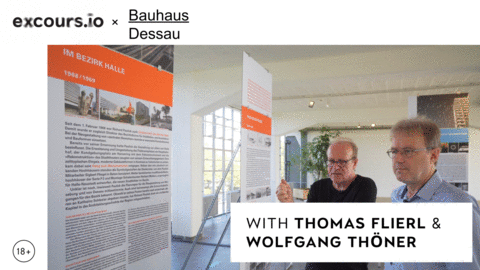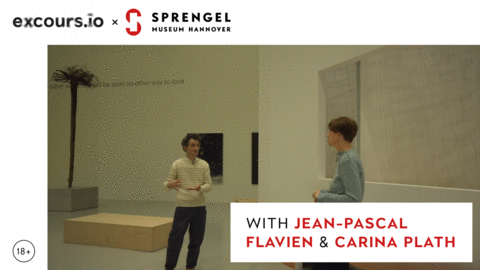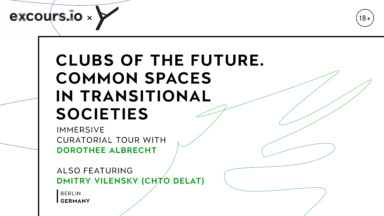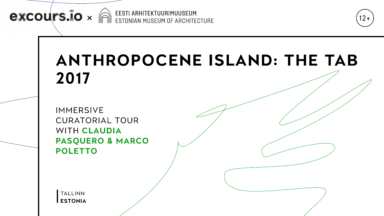Bauhaus – Shanghai – Stalinallee – Ha-Neu. The life of architect Richard Paulick, 1903–1979
Why should you watch this?
HOW TO SURVIVE ― Art as Survival Strategy | with Jean-Pascal Flavien & Carina Plath
The group exhibition presents a compelling exploration of how art provides resilience in times of personal and societal crisis. The exhibition features works by renowned artists like Gustav Metzger, Shusaku Arakawa, and Alina Szapocznikow, each of whom faced extreme adversity and transformed their experiences into profound artistic statements. Whether addressing environmental destruction, illness, or existential threats, these artists used creativity as a means to survive and challenge the limits of human endurance. The exhibition emphasizes the power of art to propose alternative perspectives when the world seems trapped in binary thinking. By engaging with radical artistic responses to crisis, visitors are invited to reflect on how creativity can offer strength, hope, and new possibilities for navigating the uncertainties of modern life. Art, in this context, becomes more than expression — it becomes a strategy for survival and transformation.
Why should you watch this?
The exhibition tackles pressing issues like climate change, personal trauma, and social upheaval, and having a knowledgeable guide helps to bring those themes to life. It’s not just about admiring the art; it’s about understanding the stories and survival strategies that inspired each piece. This context makes the art resonate even more, helping you connect with the messages in a meaningful way. In a time when we’re all looking for ways to navigate challenges, a guided tour offers fresh insights that can spark reflection and inspire hope.
CLUBS of the FUTURE. Common Spaces in Transitional Societies
Why should you watch this?
Anthropocene Island. The Tallinn Architecture Biennale 2017
The Tallinn Architecture Biennale (TAB) 2017delved into the future of urban environments through the lens of biotechnology and non-human-centered design. Curated by Prof. Claudia Pasquero, this fourth edition featured a diverse program comprising the Curatorial Exhibition, a thought-provoking symposium titled “Polycephalum City”, and the Tallinn Vision Competition, alongside satellite events like the Installation Programme exhibition and the bio.School showcase. Over two days, distinguished architects and researchers, including Mitchell Joachim and Rachel Armstrong, gathered to exchange insights on architecture’s intersection with biology and computation, envisioning cities as self-organizing systems. This Biennale not only highlighted innovative architectural practices but also prompted essential discussions on the evolving role of urban spaces in our rapidly changing world.
Why should you watch this?
In our current context, when climate change and urbanization demand urgent attention, it’s crucial to learn about the creative solutions sustainable architecture can provide. This exhibition serves as a vital platform to explore innovative solutions at the intersection of architecture, biology, and technology, emphasizing the importance of sustainable urban development. In today’s rapidly evolving society, where environmental crises impact our daily lives, understanding how cities can evolve into self-organizing entities is more relevant than ever. A guided tour illuminates the intricate relationships between human and non-human systems, fostering a deeper appreciation for how architecture can adapt to our ecological challenges. By engaging with expert interpretations, viewers can gain insight into the pressing issues of resilience, sustainability, and the ethical considerations of urban design, making this experience not only educational but transformative in our quest for a more sustainable future.




